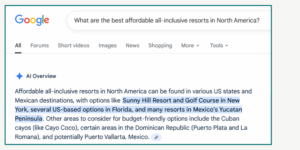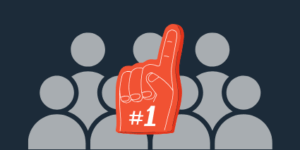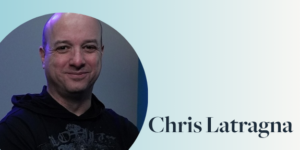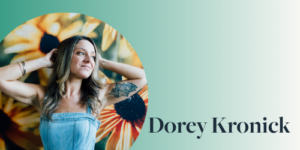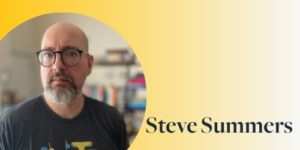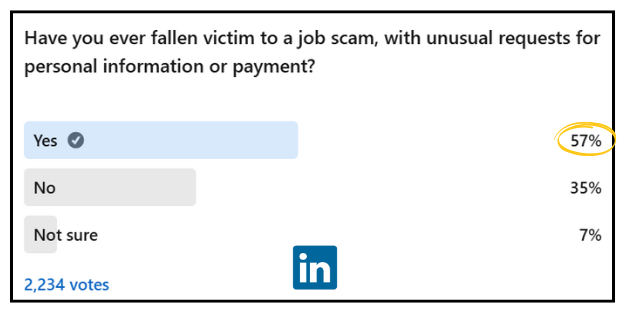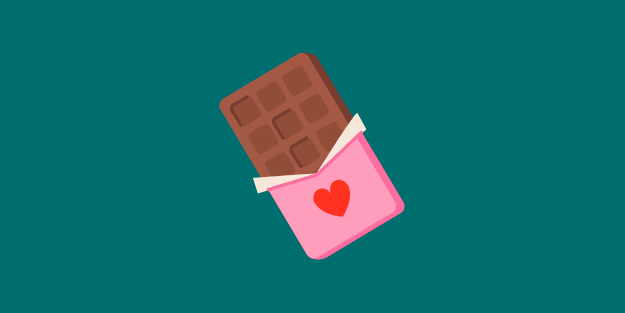By Kayleigh at Creative Circle
If you’d rather assemble IKEA furniture than sit in an awkward conversation trying to negotiate your salary, I get it. Because same.
And if you’re anything like me, you’ve probably thought: “Can’t they just offer me what I deserve, and we can avoid the whole negotiation conversation altogether?”
If only.
Companies aren’t focused on your personal bottom line; they’re focused on theirs. But when you proactively prepare and make space for negotiation, the results can pay off!
Why Negotiation Matters
Did you know?
-
- During interviews, questions about salary requirements are what trips up jobseekers most.
- Only about 45% of professionals negotiate their salary, meaning more than half walk away without asking.
- Of those who do negotiate, more than 66% report success.
Clearly, negotiation matters. But how do you do it confidently?
Expert Insight
I sat down with Nikki Bethel, President and CEO of the Emma Bowen Foundation, to get the honest scoop on salary negotiation. She holds a master’s degree in education from Harvard University and brings 20+ years of experience in talent management and building inclusive, people-centered cultures. With unwavering dedication to closing the pay gaps between men, women, and minority groups, Nikki knows what works when it comes to making the case for your worth.
Before diving in, Nikki validated jobseekers’ angst: “We should just be thankful we have a job offer; we shouldn’t dare negotiate. Right?”
Wrong.
“That’s pish posh,” says Nikki, stressing that if an offer (and this includes your total package) comes in lower than what you know you deserve, you must initiate a negotiation.
“If you don’t, you’ll live with regret later on.”
1. Negotiation is Non-Negotiable 😉
Not negotiating on an offer can cost you thousands over your career.
Most raises and bonuses are calculated as a percentage of your current salary. If you start lower, every future increase is based on that smaller number.
Example:
If you accept $5,000 less than market rate at $75K, and annual raises are 3%, you’ll earn ~$135K less over 20 years.
Nikki says: “People set expectations for how others treat them through their own actions and boundaries; salary is no different. If you don’t advocate for yourself, others may not automatically assign that value.”
Negotiation is a normal part of the process; it’s not a conflict. And, hiring managers expect it.
Talk Track Example:
“Based on my [years of experience] and current industry benchmarks, I’d like to discuss compensation. Would you be open to reviewing the compensation?”
2. Preparation Builds Confidence
Nikki stresses the importance of doing honest research before negotiating:
“Salary negotiation isn’t something most people get a manual for; you must do your due diligence. And, never ask for money without justification; bring data and examples!”
Get clear on what you bring to the table:
- Do your qualifications meet or exceed the job description?
- What unique strengths or specialized knowledge set you apart?
- How do your past achievements translate into value for this employer?
Next, research benchmarks for similar roles in your industry, experience level, and location. “Be rooted in data. It will justify the ask,” Nikki emphasizes.
Use salary comparison tools such as Glassdoor, LinkedIn salary insights, and our Creative Circle Salary Guide (updated annually real data from Creative Circle job placements). This helps you establish a realistic salary range and ensures you’re negotiating with facts, not guesswork (or a number that just sounds nice 😉).
Nikki also advises to “hover around those that are doing similar work.”
Networking with professionals in your field gives you real-world insights into current market rates and role challenges.
Consider asking your peers:
- Are there certifications that could boost earning potential in your role?
- How is AI impacting hiring and compensation in this industry?
- Which skills are most critical for success in your role?
Integrate that context into your negotiation where it makes sense to.
Talk Track Example:
“Industry reports show the median salary for this role is [insert amount]. With my [background/certification/experience in X] and proven success in [specific skill the company values], I believe [insert amount or range] reflects the value I bring to your team. Is there flexibility to move closer to this number?”
3. When the Answer is “No”
In today’s economy, many companies are tightening their belts. Signs include tighter salary ranges in job postings, fewer perks, and language like “the budget is fixed” during negotiations.
“It’s important to acknowledge this reality, but it doesn’t mean you should settle for less than you deserve,” says Nikki.
“Everything is negotiable and that is ultimately the bottom line.”
If the base salary isn’t flexible, think creatively. Negotiate additional benefits that add value to your overall compensation package:
- Signing bonuses or performance bonuses
- Paid time off
- Relocation assistance
- Flexible work location arrangements (workers report taking less pay for flexible work options)
- Continuing education or professional development
- Even your title (if you don’t think it matches your responsibilities)
Make a list of what matters most to you beyond salary and use it to guide the conversation.
Talk Track Example:
“I understand the base salary can’t be adjusted right now. Could we explore other components of the compensation package? I’d love to find a solution that works for both of us and reflects the value I bring.”
Conclusion
Salary negotiation is normal and expected. It may feel uncomfortable, but skipping it can cost you tens of thousands in just the first year. Your skills have earned you a seat at the table; own that confidently.
As Nikki shared: “Your shining skills are what will bring the wants and needs of the company to fruition — you’re their person. So, how are they compensating you?”
Building IKEA furniture sucks no matter what. But negotiating your salary doesn’t have to.
Connect with Nikki and the Emma Bowen Foundation
The Emma Bowen Foundation (EBF) connects emerging talent with leading companies across media, tech, and beyond. Grounded in the belief that talent is everywhere but opportunity is not, EBF scouts and develops high-potential students and early-career professionals and partners with organizations to build strong, future-ready talent pipelines. Over more than three decades, EBF alumni have become executive producers, national correspondents, marketing leaders, technologists, and award-winning creators — demonstrating the lasting impact of early access, mentorship, and real-world experience.
Connect with Nikki Bethel and the Emma Bowen Foundation on LinkedIn. You never know what connections will open doors to new opportunities!
About the Author.
Kayleigh is a Creative Circle freelancer — when she’s not chasing around her two young boys or laughing at Corporate Natalie videos, she spends her time creating content for us! She specializes in sharing advice for our talent community, so if you’re a creative with an appetite for blogs on market trends, job search guidance, and freelance life, subscribe to our newsletter and follow us on LinkedIn to ensure you never miss the latest.

